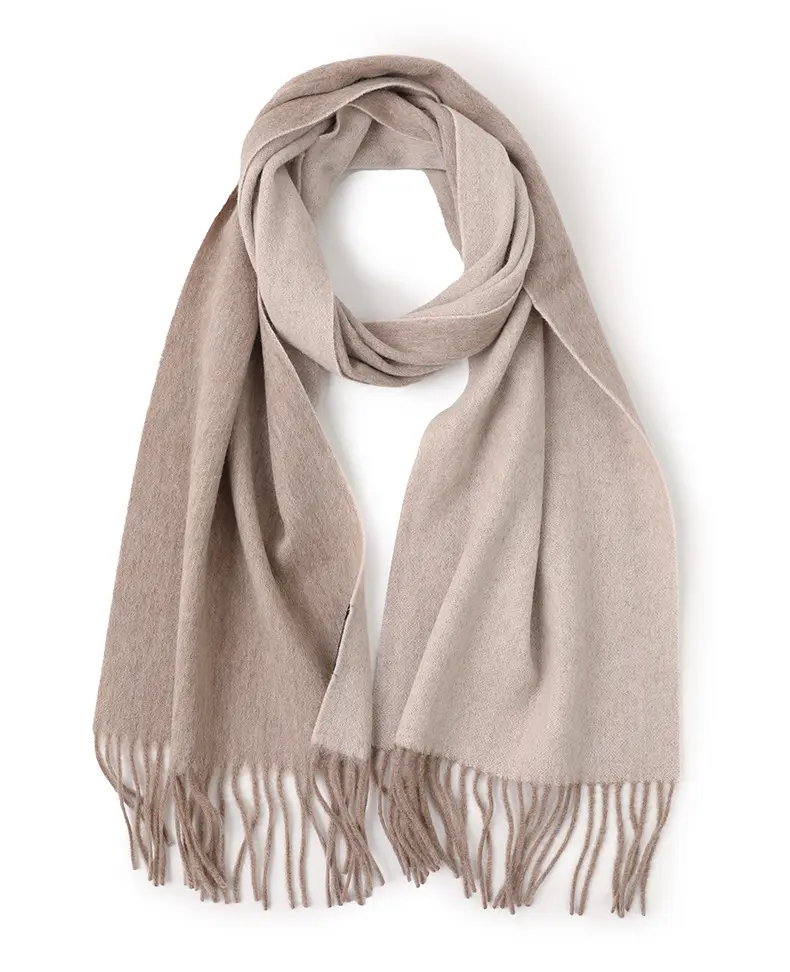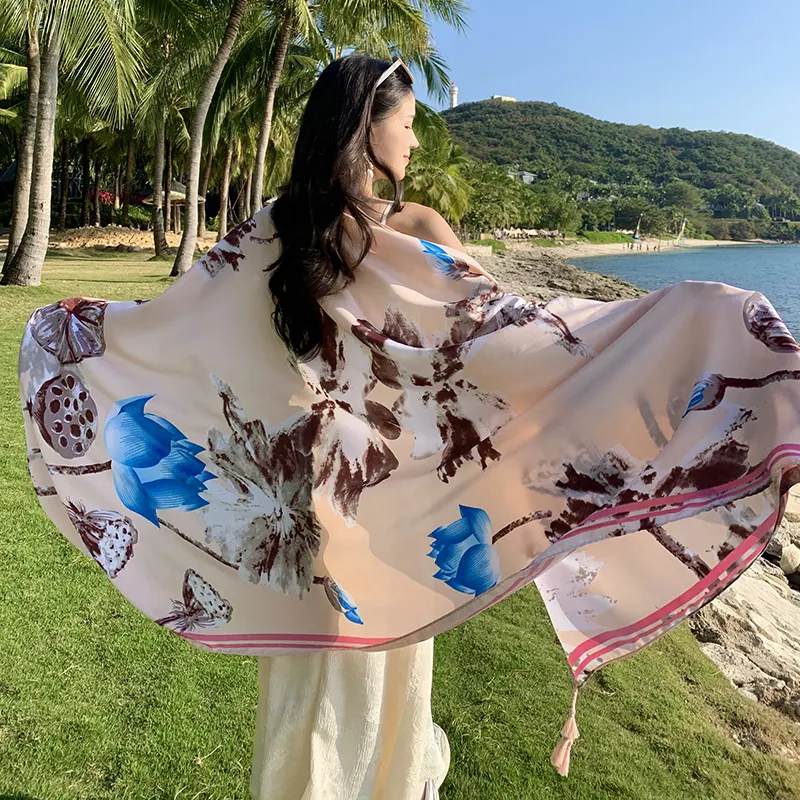Silk scarves hold diverse stories behind their traditions and designs, each reflecting the cultural heritage and artistic expressions of different regions worldwide:
1. Chinese Silk Scarves:
- Tradition: China is renowned for its silk production and craftsmanship. Silk scarves in China often feature intricate designs like dragons, phoenixes, or traditional symbols, symbolizing prosperity, longevity, and good fortune.
- Cultural Significance: Silk holds deep cultural roots in China, symbolizing wealth, luxury, and status. Scarves are often passed down as heirlooms, representing family traditions and heritage.
2. Indian Silk Scarves:
- Rich Heritage: India’s silk scarves showcase vibrant colors, intricate patterns, and luxurious silk fabrics. Scarves from regions like Varanasi are adorned with traditional motifs, religious symbols, and intricate embroidery, representing the country’s diverse cultural heritage.
- Spiritual Symbolism: Silk holds spiritual significance in India, associated with purity and used in religious ceremonies. Scarves symbolize auspiciousness and are worn during significant events and rituals.
3. Mediterranean and Middle Eastern Scarves:
- Cultural Identity: Scarves like the keffiyeh or hijab in the Middle East and Mediterranean regions symbolize cultural identity, modesty, and respect. Their designs and colors often carry regional and tribal significance, representing community and heritage.
- Symbol of Tradition: These scarves have historical and cultural roots, passed down through generations, and are integral to traditional attire and customs.
4. European Influence:
- Fashion and Luxury: In Europe, silk scarves became synonymous with elegance and luxury. Brands like Hermès popularized them, incorporating classic motifs, patterns, and designs that exude sophistication and refinement.
- Artistic Expressions: European scarves often feature art-inspired designs, collaborating with artists to create unique pieces that blend heritage with contemporary artistry.
5. Global Fusion:
- Modern Collaborations: Contemporary silk scarves showcase global influences, incorporating diverse design elements and collaborative efforts. They fuse traditional craftsmanship with modern trends, resulting in scarves that resonate with a broader audience.
6. Personal Stories and Sentiments:
- Souvenirs and Gifts: Many silk scarves hold personal stories as souvenirs from travels or cherished gifts from loved ones. They carry sentimental value, representing memories and emotions tied to specific occasions.
Silk scarves are not just fashion accessories; they encapsulate cultural narratives, artistic expressions, and traditions from around the world. Each scarf tells a story, whether it’s through intricate patterns, ancient symbols, or the craftsmanship passed down through generations, making them treasured pieces with rich cultural significance.



